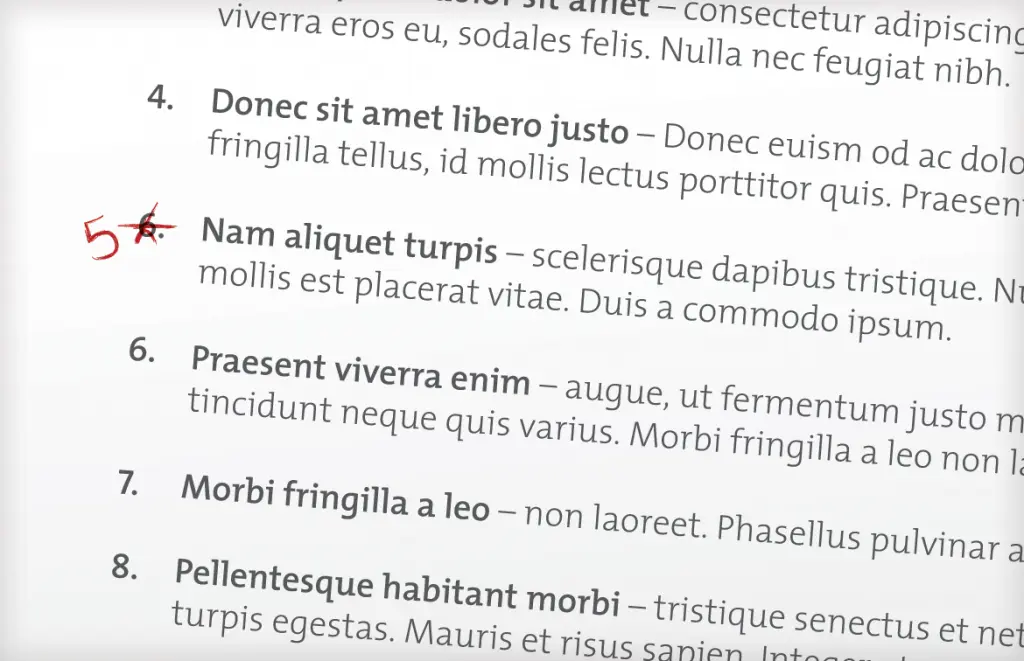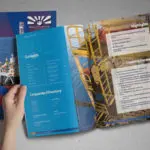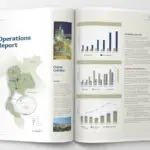Mistakes in your copy can detract from your message and seriously damage your credibility. This document lays out ten important tips for effective and efficient proofreading.
- Find a quiet place. – Effective proofreading in a noisy office just doesn’t work. Find a quiet, tidy, well-lit spot with a good-sized desk or table where you can concentrate. The boardroom is often a good place.
- Which medium. – Whether you decide to proofread on the computer screen or from printed copy is a matter of personal preference. However, much research indicates that black type on white paper is the most effective proofreading medium and allows the use of standard proofing marks (see below). If proofreading on screen, keep an original copy of your document and don’t forget to ‘track changes’!
- Leave it until tomorrow. – Proofreading is usually the last in a long line of editorial tasks leaving you mentally exhausted and resulting in the cry: ‘How on earth did we miss that?’ If the document is long, take breaks and proofread in several short blocks.
- Use a ruler. – If proofreading printed copy, a ruler helps you to focus on the copy one line at a time and prevents your eye moving down the page too quickly.
- Read it out loud. – At school we were taught to read poetry aloud because it helped to emphasise rhythm and expose the deeper meaning. Similarly, proofreading aloud will often reveal otherwise unnoticed errors.
- Get help. – Two sets of eyes are better than one! If you can persuade a colleague to help you, take turns at reading (keeps you both fresh) and hidden errors may well be detected. This is particularly useful if proofreading numbers eg. fi nancial reports.
- Look for one problem at a time. – This will require more than one read through, but enables you to concentrate on specific issues eg. spelling, punctuation, heading hierarchies etc, and helps ensure consistency.
- Read it backwards. – Reading backwards, either sentence by sentence to highlight meaning and structure, or word by word to focus on spelling and numbers, might be a little tedious but heightens concentration and prevents you slipping into ‘scanning mode’. Not to be recommended over hundreds of pages though!
- Do NOT rely on Spellcheck. – ‘I wood like to apply fore a job as a proof reader four you’re paper. I have a computer with aye spell chequer witch is awl I really knead. Aye thought maybe aye should cal yew but decided it mite bee better too right. I wood bee a grate proof reader an a reel asset, Butt if ewe don’t higher me, sew bee it!’
- Have some reference handy. – Always have a dictionary to hand and possibly a thesaurus. For all other aspects of copy editing and proofreading, APM’s proof reader use the Government Style Manual for standard reference.



